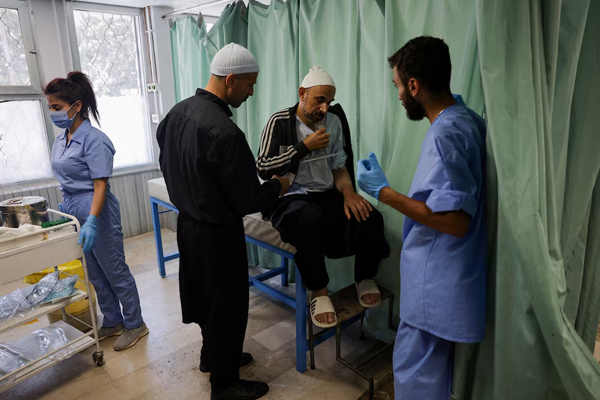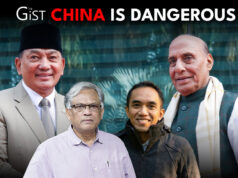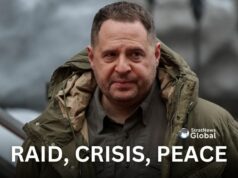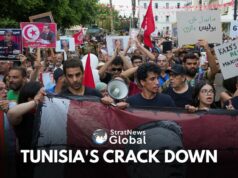
Nearly two weeks after deadly clashes involving the local Druze minority, Bedouin tribes and Syrian government forces, the main hospital in the southern city of Sweida is overwhelmed with trauma patients and struggling to operate due to a lack of power and water.
“Inside of Sweida, it’s a grim picture, with the health facilities under immense strain,” the World Health Organisation’s Christina Bethke told reporters in Geneva via video link from Damascus.
“Electricity and water are cut off, and essential medicine supplies are running out.”
Many medical staff cannot reach their workplace safely, and the main hospital’s mortuary was full at one point this week as it dealt with a surge of trauma cases.
Sectarian Violence
At least 903 people were killed in the sectarian bloodshed, according to the Syrian Network for Human Rights, after clashes between Druze militias and Bedouin tribes spilt into ferocious fighting between the Druze and government forces sent to quell the unrest.
The Network’s head, Fadel Abdulghany, has said the toll is not final and that his group documented field executions by Syrian troops, Bedouin tribal fighters and Druze factions.
Though the WHO has managed to deliver two convoys of aid in the last week, access remains difficult because tensions remain between the groups controlling various parts of the Sweida governorate, it said.
More than 145,000 people have been displaced by the recent fighting, the WHO said, with many sheltering in makeshift reception centres in Daraa and Damascus.
(With inputs from Reuters)




